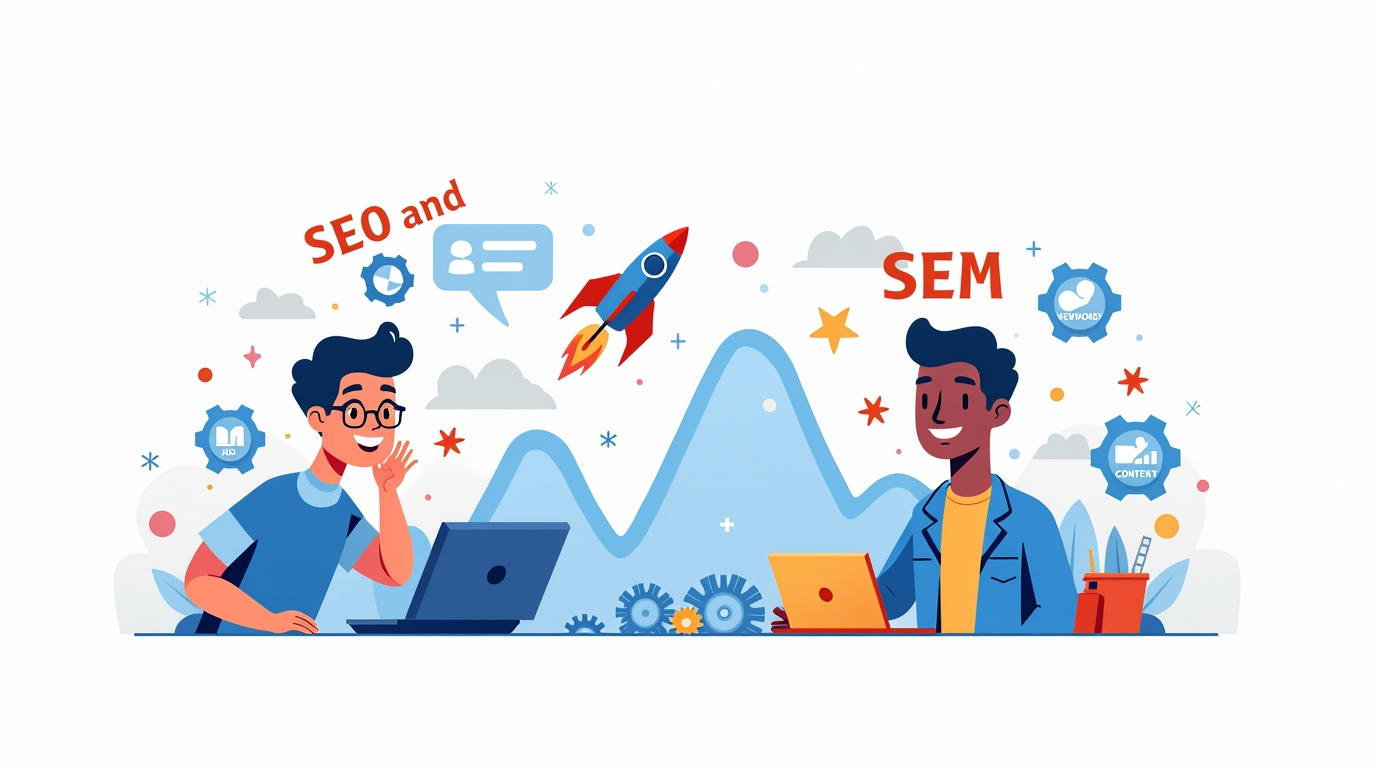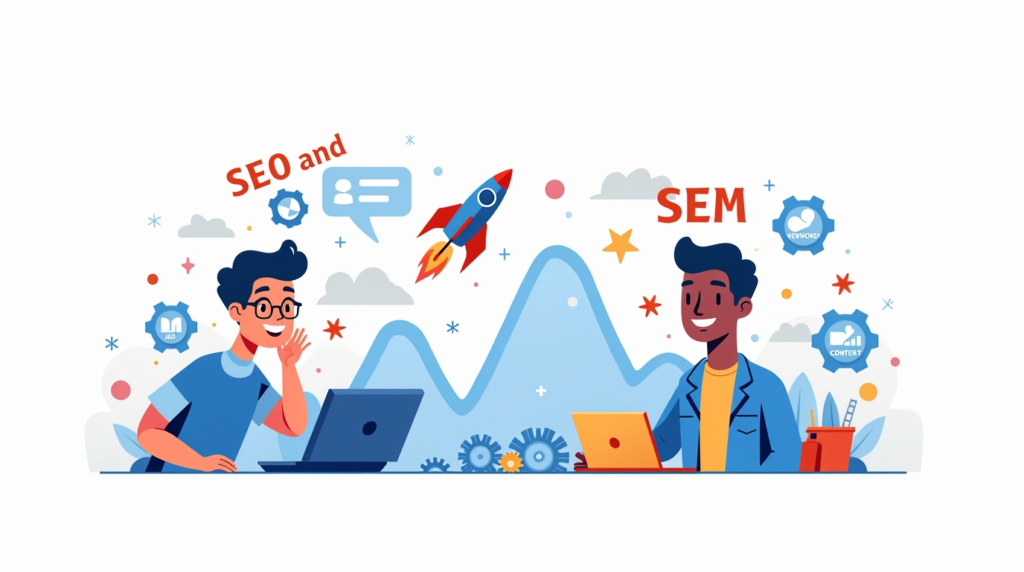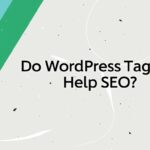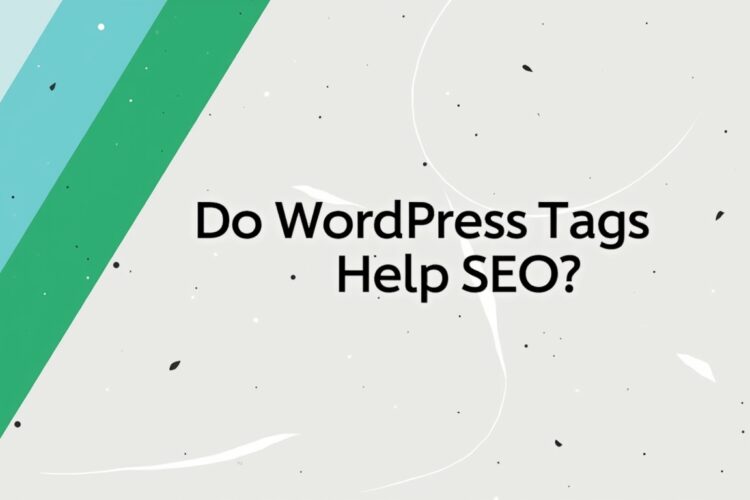
Search Engine Optimization (SEO) and Search Engine Marketing (SEM) are powerful tools for increasing website traffic. When used together, they can improve your online visibility and drive better results. This guide explains how SEO and SEM complement each other, answers common questions, and provides actionable tips to help your website succeed. Written in clear, simple language, this content is designed to be useful for business owners, marketers, and anyone looking to grow their online presence.
What Are SEO and SEM?

SEO: Building Organic Traffic
SEO is the process of improving your website to rank higher in unpaid, organic search results on engines like Google or Bing. It focuses on making your site more relevant and user-friendly. SEO takes time but offers long-term benefits.
- Key elements: Keyword research, quality content, fast-loading pages, mobile-friendliness, and backlinks from trusted sites.
- Goal: Attract visitors naturally without paying for ads.
SEM: Combining Paid and Organic Strategies
SEM includes both SEO and paid advertising, often called Pay-Per-Click (PPC). It aims to increase visibility through organic and sponsored results. PPC ads appear at the top or bottom of search results, marked as “Sponsored.”
- Key elements: Bidding on keywords, creating targeted ads, and optimizing landing pages.
- Goal: Gain immediate visibility while supporting organic growth.
How Do SEO and SEM Work Together?
SEO and SEM are different but complementary. SEO builds a strong foundation for long-term growth, while SEM provides quick results. Combining them creates a balanced strategy that maximizes traffic and conversions. Here’s how they work together:
1. SEO Improves SEM Performance
A well-optimized website enhances PPC campaigns. Google assigns a Quality Score to ads based on ad relevance, landing page quality, and click-through rates. SEO improves these factors, lowering your cost-per-click (CPC).
- Example: If your site has clear content and fast load times, your ads are more likely to rank higher at a lower cost.
- Actionable tip: Use SEO to ensure landing pages match the keywords in your PPC ads.
2. SEM Data Informs SEO Strategies
PPC campaigns provide instant data on which keywords drive clicks and conversions. You can use this information to refine your SEO keyword strategy.
- Example: If “affordable SEO services” performs well in PPC, create blog posts or pages targeting that phrase organically.
- Actionable tip: Analyze PPC metrics like click-through rates and bounce rates to identify high-value keywords for SEO.
3. Increased Visibility Through Dual Presence
Appearing in both organic and paid results boosts your brand’s credibility. Users see your site multiple times on the search page, building trust and increasing clicks.
- Example: A user searching “guest posting services” might see your PPC ad and your organic listing, making them more likely to visit your site.
- Actionable tip: Use consistent messaging in ads and organic content to reinforce your brand.
4. SEM Offers Quick Wins While SEO Grows
SEO can take months to show results, especially for new websites. SEM provides immediate traffic while you wait for organic rankings to improve.
- Example: A new business can use PPC to promote “SEO guest posting” while building backlinks for organic growth.
- Actionable tip: Run PPC campaigns for time-sensitive promotions and use SEO for evergreen content.
5. Retargeting Combines Both Strategies
SEM’s retargeting ads target users who visited your site through organic search but didn’t convert. This keeps your brand top-of-mind and increases conversions.
- Example: A visitor reads your SEO blog but leaves. A retargeting ad can bring them back to your service page.
- Actionable tip: Set up retargeting campaigns to re-engage organic visitors with tailored ads.
Key Differences Between SEO and SEM
Understanding the differences helps you use both effectively. Here’s a quick comparison:
- Cost: SEO requires upfront time and effort but no direct ad spend. SEM involves paying for each click.
- Speed: SEO takes months or years to rank highly. SEM delivers instant visibility.
- Longevity: SEO results last longer once established. SEM stops when you stop paying.
- Control: SEM allows precise targeting (e.g., location, demographics). SEO depends on search engine algorithms.
Common Questions About SEO and SEM (People Also Ask)
Which Is Better: SEO or SEM?
Neither is better; they serve different purposes. SEO is ideal for long-term growth and credibility. SEM is best for quick results and targeted campaigns. Most businesses benefit from using both.
How Long Does It Take to See Results?
- SEO: 6-12 months for significant organic rankings, depending on competition and website authority.
- SEM: Immediate results once ads are live, but refining campaigns may take weeks for optimal performance.
Can Small Businesses Afford SEM?
Yes. SEM platforms like Google Ads allow you to set daily budgets and control spending. Start small, test keywords, and scale up as you see results.
How Do I Choose Keywords for SEO and SEM?
- SEO: Target broad and long-tail keywords (e.g., “SEO services” or “guest posting for SEO”) based on search volume and intent.
- SEM: Focus on high-intent keywords (e.g., “buy SEO guest posting”) that drive conversions, using data from tools like Google Ads Keyword Planner.
NLP Terms and Themes for Better Ranking
To rank well, this content incorporates key NLP terms and themes found in top-ranking pages:
- Primary terms: SEO, SEM, PPC, organic search, paid search, keywords, visibility, traffic, conversions, Quality Score, click-through rate, landing pages.
- Themes: Combining strategies, improving ROI, targeting audiences, building trust, long-term vs. short-term results.
- User intent: Understanding differences, learning how to integrate SEO and SEM, seeking actionable steps, comparing costs and timelines.
These terms align with what users search for and what Google’s algorithms prioritize in 2025.
Actionable Tips for Combining SEO and SEM
- Start with Keyword Research: Use tools like Google Keyword Planner to find keywords that work for both SEO and SEM.
- Create High-Quality Content: Write clear, useful content for SEO that also serves as landing pages for PPC ads.
- Track Performance: Use Google Analytics to monitor organic traffic and Google Ads for PPC data. Adjust strategies based on results.
- Test and Refine: Run A/B tests on ad copy and landing pages to improve click-through and conversion rates.
- Balance Budgets: Allocate more to SEO for long-term growth and use SEM for immediate needs or promotions.
Why SEO and SEM Matter for Your Business
Using SEO and SEM together gives your website the best chance to succeed. SEO builds a strong foundation, driving organic traffic over time. SEM boosts visibility instantly, helping you reach customers while SEO grows. Together, they increase clicks, conversions, and brand trust.
For businesses like Malik’s at hqlinkers.com, offering SEO services such as guest posting, this approach is critical. Guest posting builds backlinks for SEO, while PPC ads can promote those services to a targeted audience. By combining both, you attract more clients and grow faster.
Final Thoughts
SEO and SEM are not rivals; they’re partners. SEO offers lasting results, while SEM delivers quick wins. By using them together, you can dominate search results, attract more visitors, and convert them into customers. Start with a clear plan, track your progress, and adjust as needed. With the right strategy, your website can thrive in 2025 and beyond.





